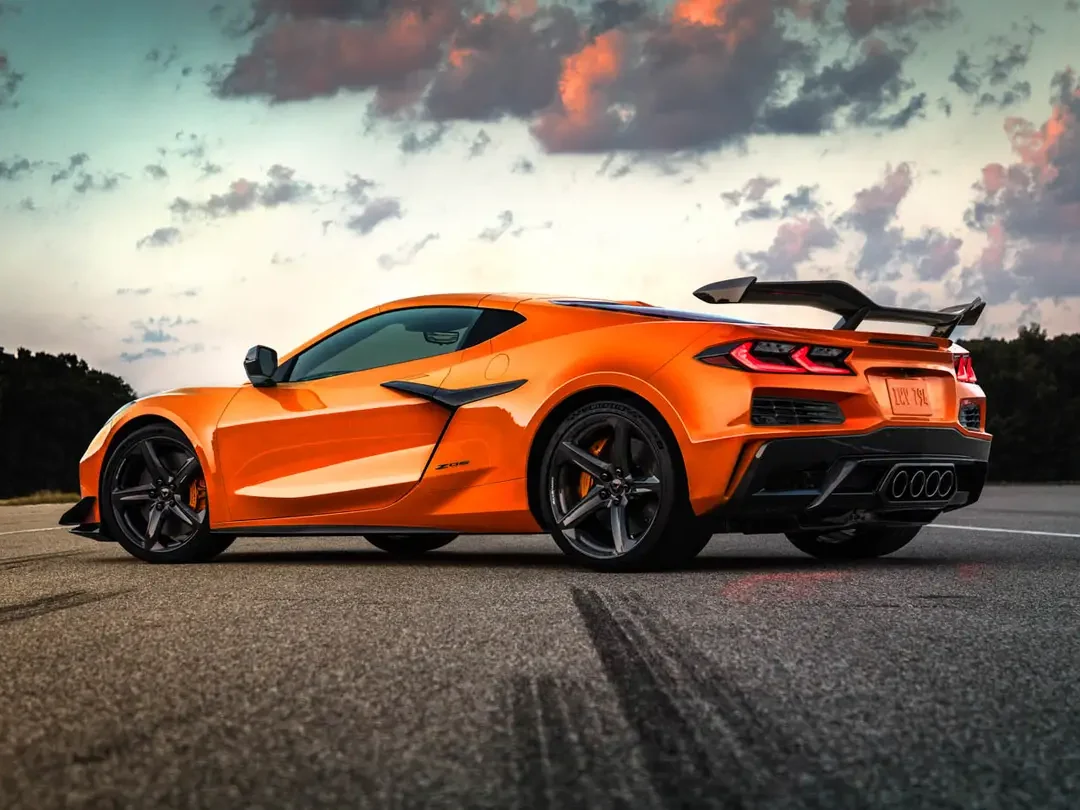The comparison between the Chevrolet Camaro ZL1 and the C8 Corvette is a subject of much debate among automotive enthusiasts, as both cars represent the pinnacle of American muscle and performance engineering. Each vehicle has its own unique characteristics and strengths, making a direct comparison complex and multifaceted. However, in terms of raw performance metrics and track capabilities, the answer to whether the Camaro ZL1 is faster than the C8 Corvette is not straightforward and depends on various factors.

Let’s delve into the specifications and performance attributes of each car to understand their respective strengths and weaknesses.
Starting with the Chevrolet Camaro ZL1, it’s a high-performance variant of the iconic Camaro lineup. Equipped with a supercharged 6.2-liter V8 engine producing 650 horsepower and 650 lb-ft of torque, the ZL1 is a force to be reckoned with on both the street and the track. It boasts a muscular design, advanced aerodynamics, and a range of performance-focused features, including magnetic ride control, electronic limited-slip differential, and various driving modes tailored for different road conditions and driving preferences.
The Camaro ZL1 is renowned for its impressive acceleration and track prowess. With its powerful engine and advanced chassis dynamics, it can sprint from 0 to 60 mph in around 3.5 seconds and complete the quarter-mile in the low 11-second range. Moreover, its track capabilities are equally impressive, with sharp handling, precise steering, and strong braking performance, allowing it to tackle corners with confidence and agility.
On the other hand, the Chevrolet Corvette C8 represents a significant departure from its predecessors, as it is the first mid-engine Corvette in the model’s history. This radical design shift was aimed at enhancing performance by optimizing weight distribution and handling characteristics. The C8 Corvette is powered by a 6.2-liter naturally aspirated V8 engine, producing 495 horsepower and 470 lb-ft of torque in the base model. However, there are higher-performance variants, such as the Z06 and ZR1, which offer even more power and track-focused features.
In terms of acceleration, the C8 Corvette is no slouch, thanks to its mid-engine layout and advanced transmission technology. It can accelerate from 0 to 60 mph in under 3 seconds, making it one of the quickest production cars in its class. Additionally, its handling prowess is exceptional, with precise steering response, excellent grip, and superb stability, especially at high speeds and during aggressive cornering maneuvers.
When comparing the Camaro ZL1 and the C8 Corvette in terms of straight-line speed, acceleration, and track performance, it’s essential to consider their respective strengths and weaknesses. While the ZL1 may have a power advantage with its supercharged V8 engine, the C8 Corvette benefits from its mid-engine layout, superior weight distribution, and advanced aerodynamics, resulting in excellent handling and stability.
Ultimately, the question of whether the Camaro ZL1 is faster than the C8 Corvette comes down to various factors, including the specific model variants, driving conditions, and individual preferences. In a straight-line drag race, the ZL1’s power advantage may give it an edge, especially over shorter distances. However, on a twisty racetrack or canyon road, the C8 Corvette’s balanced chassis and mid-engine layout could allow it to outperform the ZL1 in terms of overall handling and lap times.
In conclusion, both the Chevrolet Camaro ZL1 and the C8 Corvette are formidable performance machines, each offering a unique blend of power, agility, and driving dynamics. While the ZL1 may excel in raw straight-line speed and acceleration, the C8 Corvette’s mid-engine layout and advanced handling characteristics make it a formidable competitor, particularly on challenging racetracks and winding roads. Ultimately, the choice between these two iconic American sports cars boils down to personal preferences, driving style, and intended usage.
